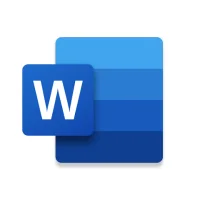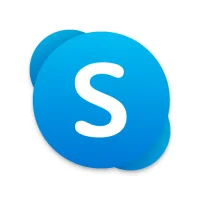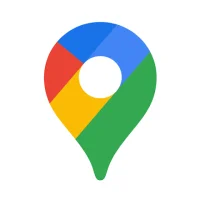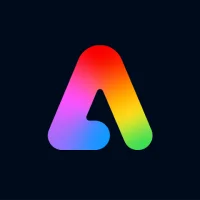How do I activate notifications in the application?
11 min read Application Notifications - written by Hamza Bose, Senior Content Marketer May 02, 2024 20:12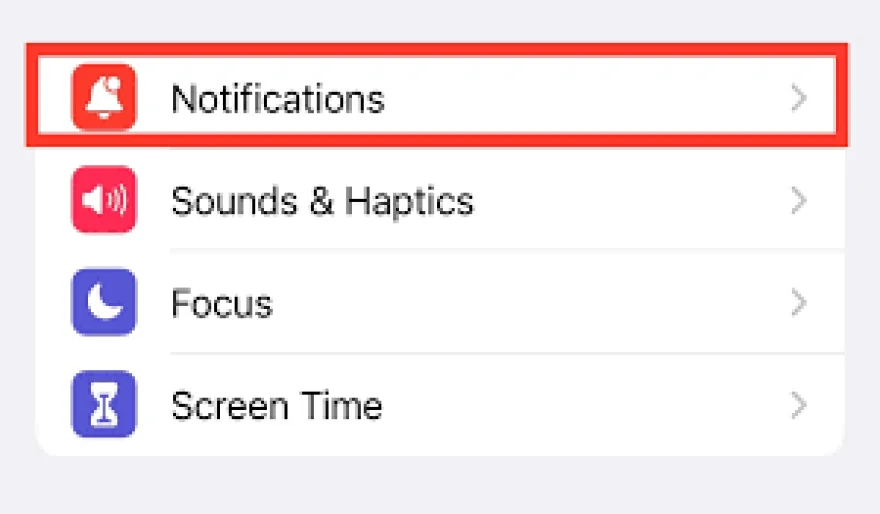
Application Notifications
1. Enabling Notifications
When the Enable Notifications = Yes setting is enabled in Version 10.5.3 of the application, the user will only be prompted once to allow the application to send notifications. The iOS prompt has the "Don't Allow" and "Allow" options as in any other app that uses push notifications. An administrator does not have the ability to register users to receive notifications. This must be done by the individual user so if a user registers using an Enable Notifications = Yes setting. Once registered, the user will then receive notifications for their specified roles which are set within the Resource Notification report. If the Enabled Notifications within the Resource Report = No then the user will not receive notifications regardless of the role they are assigned to or their device settings. The application does provide the ability for the user to be able to customize what notifications they would like to receive within several pages of the application. The four different types of notifications in the application are Real-Time Alerts, Message Center notifications, Today screen notifications, and local notifications.
As an application user, you want to be notified about important activities within applications in real-time. Oracle Field Service Cloud provides this capability for administrators to enable application-based push notifications in order to receive important notifications such as alerts. First, you need to ensure notifications are enabled within the OFSC Portal. This is done by navigating to the Resource Notification tab of the Users page and ensuring Enable Notification is set to Yes. Once enabled, each individual user must register for real-time notifications. Registration happens when the application is started and the user logs into the application. A user has the ability to opt-out of notifications, but the setting must be enabled within the settings page of the application.
2. Managing Notification Settings
There are two types of notifications sent by Custom Dynamics web and mobile applications: Uncategorized and Home Feed (HoFd-based) and four delivery channels: Web Push, iOS Mobile, Android Mobile, Site and Event. All applications have Uncategorized notifications because all apps have slider settings that let users mute Home Feed for announcements either partially (top slider) or fully (bottom slider). Home Feed notifications are generated when an announcement is published to a Home Feed-equipped Event. These notifications appear in the Event’s Home Feed—immediately (if published in real-time) or someone else next time the fairgoers refresh Home Feed (by pulling down). No push notification (channel) is created unavoidably when an announcement is authored other than for those that are real-time published (but later deemed problematic or of questionable value and unduly "un-published").
Just as cleaning your house is an ongoing task to keep your home looking its best, so it is with your application notifications. The Custom Dynamics notifications settings let you create both automatic and manual rules to set your preferences for hearing from fairgoers, apply those preferences all at once, and set who can push messages which way to best interact with fairgoers and derive the best communications results. We guide you to success—increasingly so with each application’s new partner using our notifications settings. Before guiding you through the details of our notifications settings, here are some important concepts related to understanding and using Custom Dynamics notifications.
3. Troubleshooting Notification Issues
- Change the settings on the Notifications support page to allow notifications to be displayed on the Windows displaying the SfB for Mac application. - You are now set up to receive, view, and troubleshoot notifications for your SfB for Mac application.
Problem: No notifications when screen sharing. When you are viewing your Mac desktop rather than the SfB for Mac application, you may not see notifications if that desktop does not include the application interface. To enable notifications to appear during screen sharing:
- Select the Apple icon at the top left of the screen. - Select System Preferences and then Sound. - Within the Sound Effects pane, check that the Alert Volume has been adjusted to the sound level you desire.
Problem: No audio notification. If no sound accompanies your notifications, as can be the case when your Mac is muted, you can re-enable sound for Notifications through a slightly different process. To check that Notifications have sound enabled:
- Select the Apple icon at the top left of the screen. - Select System Preferences and then Notifications. - Search for Skype for Business. - Ensure the application is permitted to display alerts, banners, and badges. Notifications are enabled. Alert style when the application is active is set to Banners, and Show in Notification Center is unselected. - You may also need to ensure that Do Not Disturb is turned off. Click the icon if needed.
Problem: No notifications appear. To see notifications in the SfB for Mac application, you may need to configure your notifications, ensuring that they are not being delivered to the Notifications Center of your Mac. To check your notification settings:
4. Customizing Notification Preferences
Users can generally select whether to enable or disable notifications entirely, but it may be possible for some apps to set up frequency or helpful settings behind the scenes. For example, a news app may offer high-frequency notifications for trending news but provide more moderate or expert-level notifications to less frequently interested readers. An exercise app may allow users to pick the time and days to receive motivational notification messages and set up reminders for upcoming exercise classes or healthy grocery shopping lists. Preference options are helpful because setting up notifications is typically a manual process for the user, and this process can involve quite a bit of uncertainty for people.
Preference options for notifications vary between apps and device platforms, but there are some patterns to look for. When the app is first installed, it will ask for the user's permission to send notifications, and in this prompt, the user may be able to specify the frequency and type of notifications. Otherwise, the notification settings can usually be found in the context of the app itself. On iOS, these options will be found in the system Settings app, whereas on Android, they will be in the app itself or the system Settings app under the section for Apps.
5. Frequently Asked Questions (FAQs)
Q: Can a notification have multiple categories? A: It is not possible for a notification to belong at the same time into two or more notification categories. It is very important for the server to send the notification data to the client already distinguished by category. It's also important for the performance of the whole system. For that reason, if a single notification is intended to address multiple categories, the server should send out a separate message for each category, or the server can use messageTopics or other category-related fields as a differentiation criterion for separate notification messages.
Q: How can I know what notification categories there are? How can I know what fields each contains? A: The list of device notifications that you receive is programmed into the software. The notification categorization uses the content, tags, and topics of the notification message. The client cannot directly influence the categorization, i.e., it cannot change the categorization by either setting particular fields in the message or by setting properties in the client application. The server should categorize all messages that it sends according to this specification. There are also differences in the appearance between the various notification categories. However, subsequent software updates might add new categories.
User Comments (0)
Popular Apps










Editor's Choice


